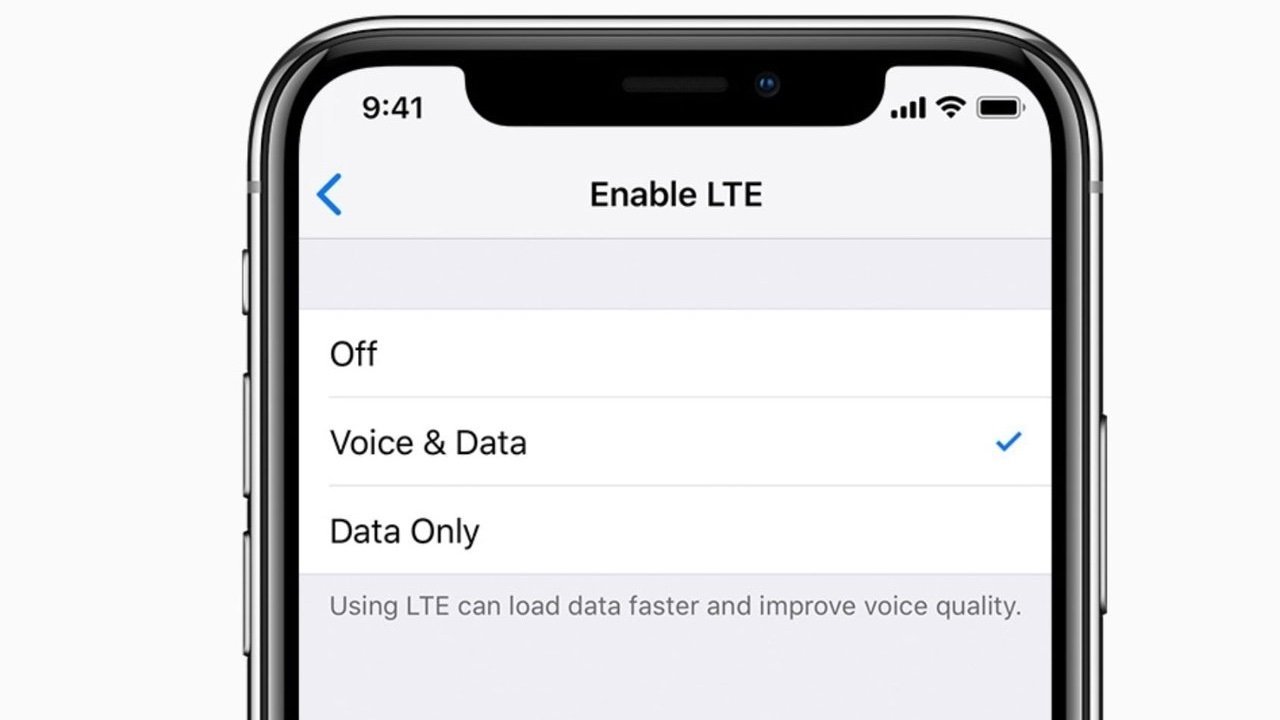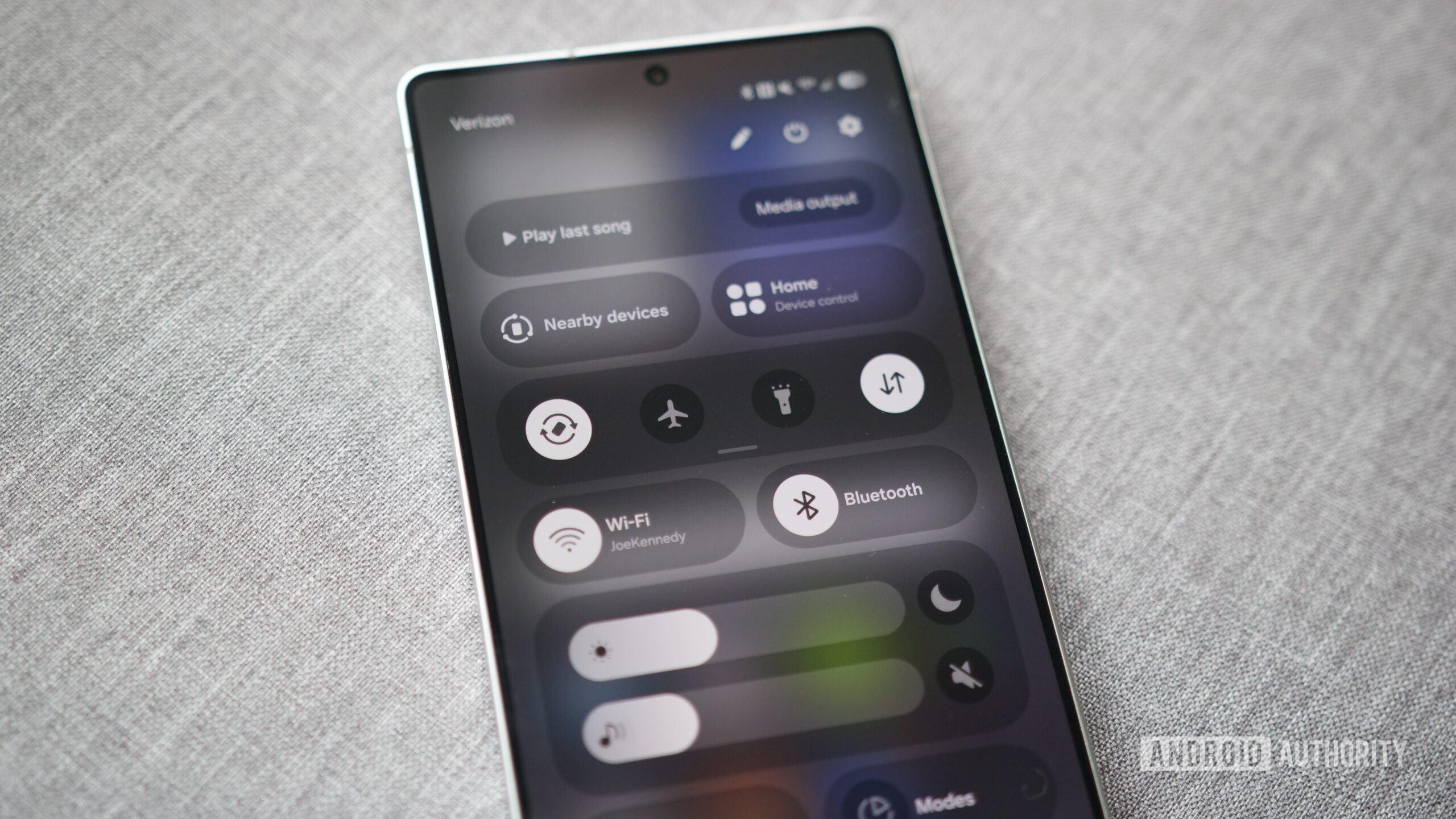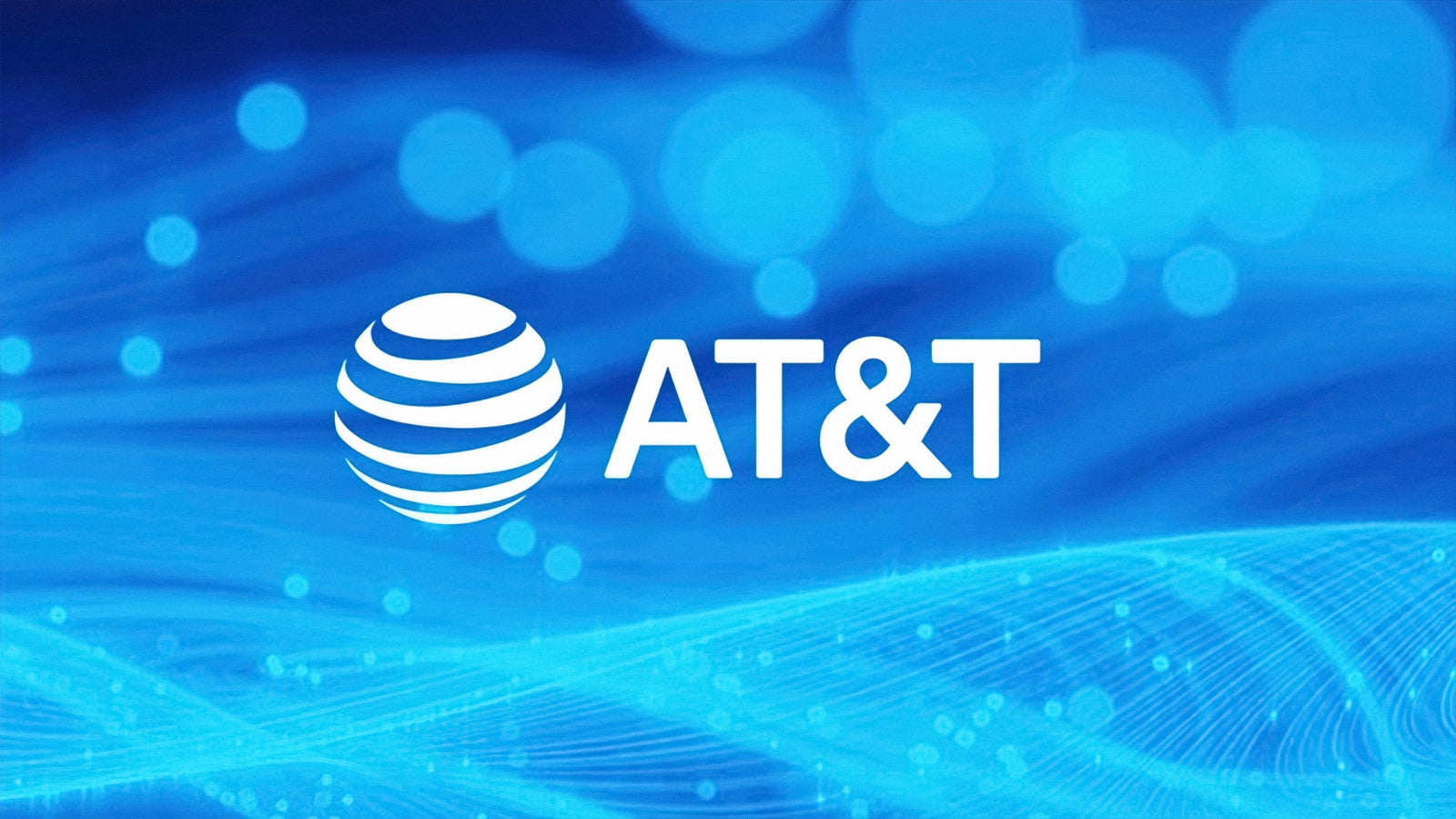Responding to Data Breaches – CISO Action Plan
In today’s digital landscape, the Chief Information Security Officer (CISO) role has evolved far beyond technical oversight. As cybersecurity concerns grow, senior executives and board members increasingly turn to CISOs to shape risk management and strategic planning related to technology. According to recent research, one in five organizations has its CISO reporting directly to the […] The post Responding to Data Breaches – CISO Action Plan appeared first on Cyber Security News.

In today’s digital landscape, the Chief Information Security Officer (CISO) role has evolved far beyond technical oversight.
As cybersecurity concerns grow, senior executives and board members increasingly turn to CISOs to shape risk management and strategic planning related to technology.
According to recent research, one in five organizations has its CISO reporting directly to the CEO, signifying cybersecurity’s central role in corporate leadership.
Statistics show that data breaches occur every 39 seconds. A well-prepared CISO can be the crucial difference between a controlled incident and a full-blown crisis.
This leadership-focused article outlines a comprehensive action plan for CISOs to effectively respond to data breaches while maintaining operational continuity and stakeholder trust.
The Evolving Role of the CISO in Breach Preparedness
The modern CISO must balance technical expertise with strategic leadership, particularly when preparing for potential data breaches.
Preparation is no longer limited to implementing firewalls and encryption it requires building cross-functional relationships throughout the organization.
Effective CISOs create a security-first culture by embedding security awareness into the company’s DNA, making it everyone’s responsibility rather than just an IT concern.
This cultural transformation requires close collaboration with other C-suite executives to ensure security objectives align with broader organizational goals.
By establishing comprehensive incident response plans before breaches occur, CISOs transform their organizations from reactive to proactive.
The most successful CISOs understand that technical solutions alone cannot prevent all breaches; human elements and procedural safeguards must work in concert with technology to create true organizational resilience.
By positioning themselves as strategic business leaders rather than technical experts, CISOs can better advocate for necessary resources and secure executive buy-in for critical security initiatives.
Critical Components of an Effective Breach Response
The foundation of any successful data breach response strategy hinges on several key components that CISOs must develop and maintain:
- Incident Response Team Structure – Establish a dedicated team with clearly defined roles, including a Team Leader/Incident Manager, Lead Investigator, Communications Lead, Documentation Lead, and Legal Representative. This cross-functional team should be prepared to mobilize immediately when breaches occur, with regular training exercises to maintain readiness.
- Detection and Analysis Protocols – Implement robust monitoring systems combining automated scanning tools and manual investigation processes. AI-powered threat detection can identify suspicious activities faster than traditional methods, giving your team more time to respond. Regular scans and audits help identify potential vulnerabilities before they can be exploited.
- Containment and Recovery Procedures – Develop a three-phase approach to managing active breaches: containment (isolating affected systems and preserving evidence), eradication (identifying and fixing root causes), and recovery (restoring systems safely). This methodical approach prevents hasty decisions that might inadvertently cause further damage.
- Communication Strategy – Create templates and workflows for internal and external communications during breach events. Transparency is crucial, but messaging must be carefully controlled to maintain regulatory compliance while protecting sensitive information. The CISO must work closely with legal, PR, and executive leadership to ensure consistent messaging.
- Post-Incident Activities – Establish processes for thorough post-mortem analysis after each incident. This critical step transforms breaches from mere disasters into valuable learning opportunities. Document the sequence of events, identify gaps in response, and implement improvements to prevent similar incidents.
Tabletop exercises and simulations regularly test the most effective breach response components. These practice scenarios help identify weaknesses in your response mechanisms before they’re tested during actual breaches.
Leading Through a Crisis – The CISO’s Response Playbook
The first 48-72 hours following a data breach are critical and demand exceptional leadership from the CISO. During this period, decisions must be made quickly but deliberately, balancing the technical imperatives of containment against business needs for continuity.
The CISO’s ability to communicate effectively with diverse stakeholders, from technical teams requiring specific instructions to board members needing strategic reassurance, becomes paramount.
This communication bridge separates truly exceptional CISOs from merely technically proficient ones. When managing the breach response, the CISO must carefully balance transparency and discretion, particularly regarding regulatory requirements.
In the UK, for instance, organizations must report personal data breaches to the Information Commissioner’s Office within 72 hours, while U.S. healthcare organizations face different reporting timelines for HIPAA compliance.
The CISO must navigate these requirements while simultaneously coordinating technical remediation efforts. Beyond the immediate technical response, the CISO must also address the human elements of breach management.
This includes managing staff fatigue during extended incident response operations, addressing potential blame dynamics that can emerge during stressful situations, and maintaining team morale when critical systems are compromised.
Notably, the CISO must ensure that security measures implemented during crisis response don’t inadvertently create new vulnerabilities or over-restrict business operations.
- Immediate Response Actions: Activate the incident response team, isolate affected systems, preserve evidence, conduct initial scope assessment, and alert relevant stakeholders according to pre-established protocols. Document every action taken for subsequent analysis and potential legal proceedings.
- Building Long-term Resilience: Transform the breach experience into organizational improvement by conducting thorough post-incident reviews, updating response plans based on lessons learned, implementing additional security measures, and providing enhanced training to address identified vulnerabilities. Use the incident to advocate for security investments that previously lacked support.
By following this comprehensive action plan, CISOs can transform data breaches from organizational disasters into opportunities for security enhancement and leadership development.
The most successful CISOs recognize that their value extends far beyond technical knowledge—they are business leaders who protect their organization’s most valuable assets while enabling continued innovation and growth.
Find this News Interesting! Follow us on Google News, LinkedIn, & X to Get Instant Updates!
The post Responding to Data Breaches – CISO Action Plan appeared first on Cyber Security News.








































































































































































![[The AI Show Episode 145]: OpenAI Releases o3 and o4-mini, AI Is Causing “Quiet Layoffs,” Executive Order on Youth AI Education & GPT-4o’s Controversial Update](https://www.marketingaiinstitute.com/hubfs/ep%20145%20cover.png)






























































































































![[DEALS] Mail Backup X Individual Edition: Lifetime Subscription (72% off) & Other Deals Up To 98% Off – Offers End Soon!](https://www.javacodegeeks.com/wp-content/uploads/2012/12/jcg-logo.jpg)












































































































































_Andreas_Prott_Alamy.jpg?width=1280&auto=webp&quality=80&disable=upscale#)













































































































![Apple Ships 55 Million iPhones, Claims Second Place in Q1 2025 Smartphone Market [Report]](https://www.iclarified.com/images/news/97185/97185/97185-640.jpg)






































































































.webp?#)